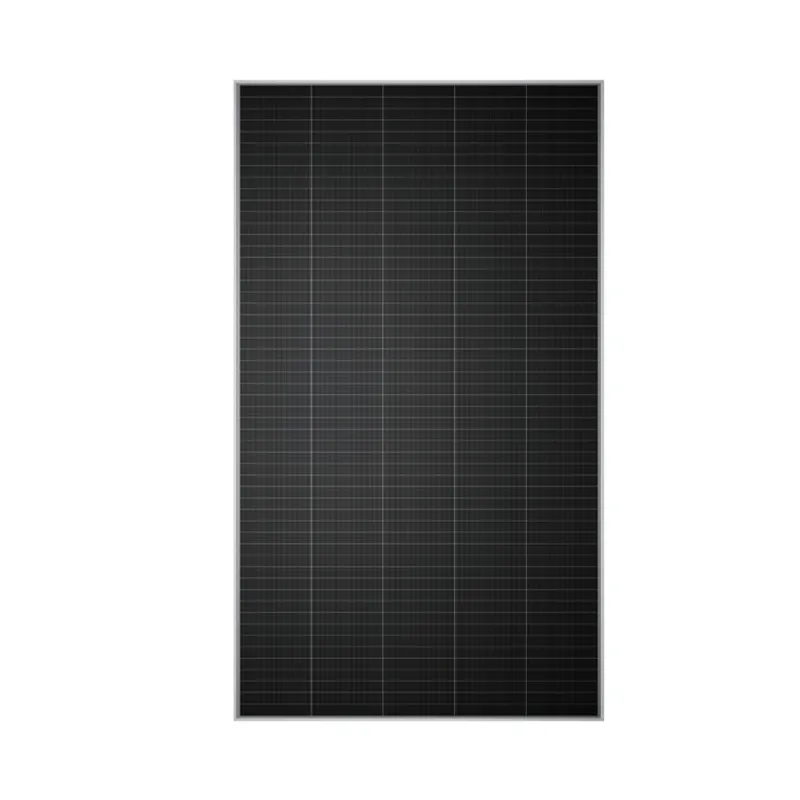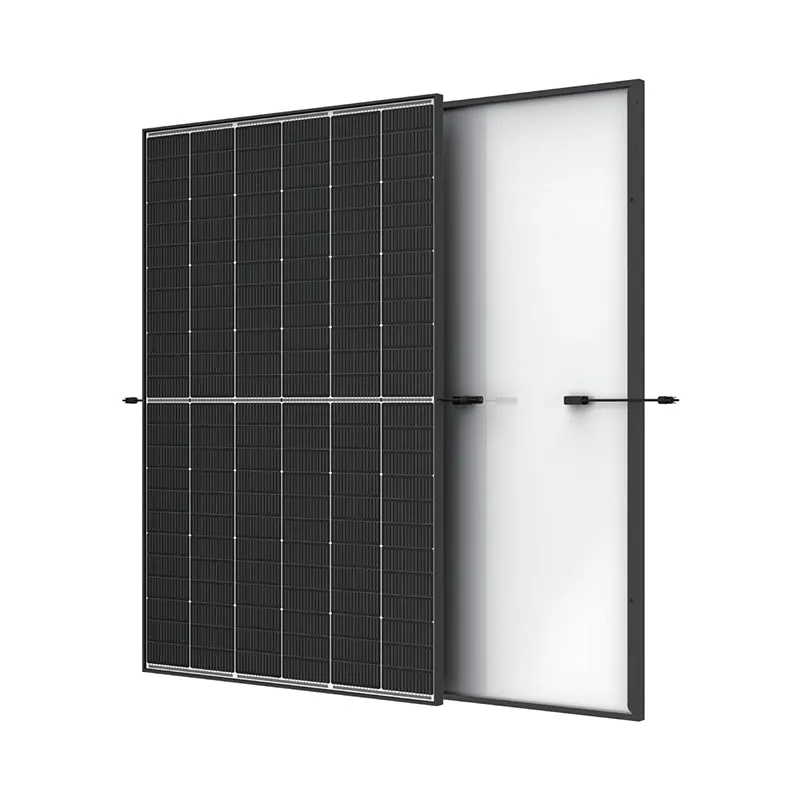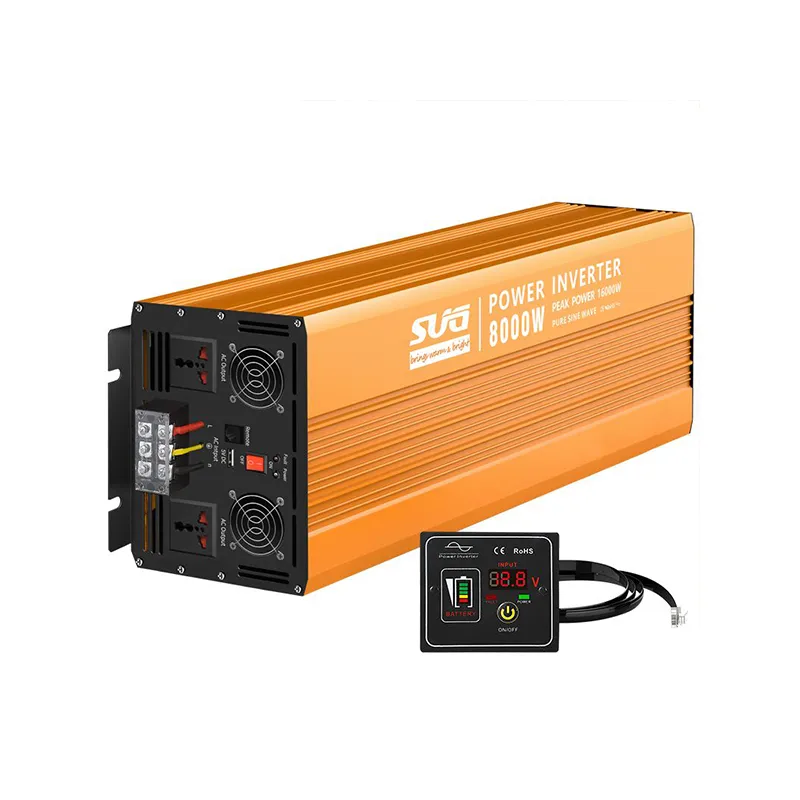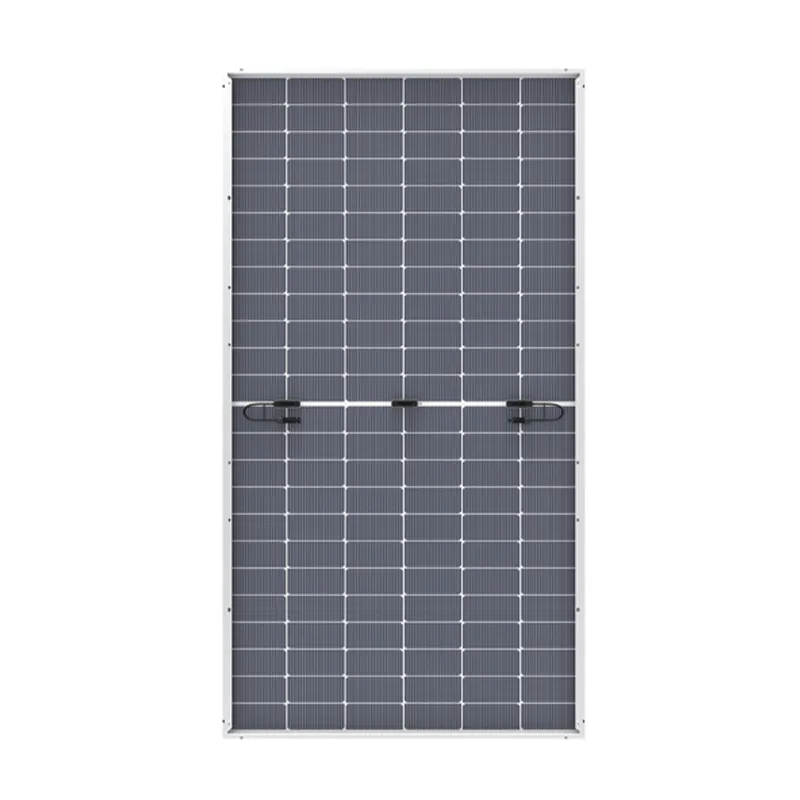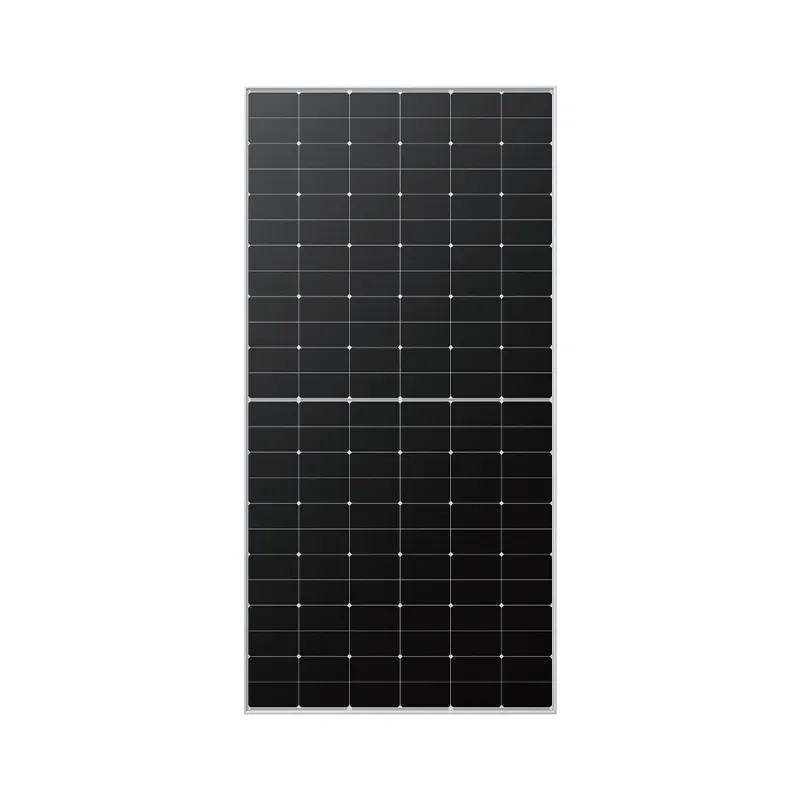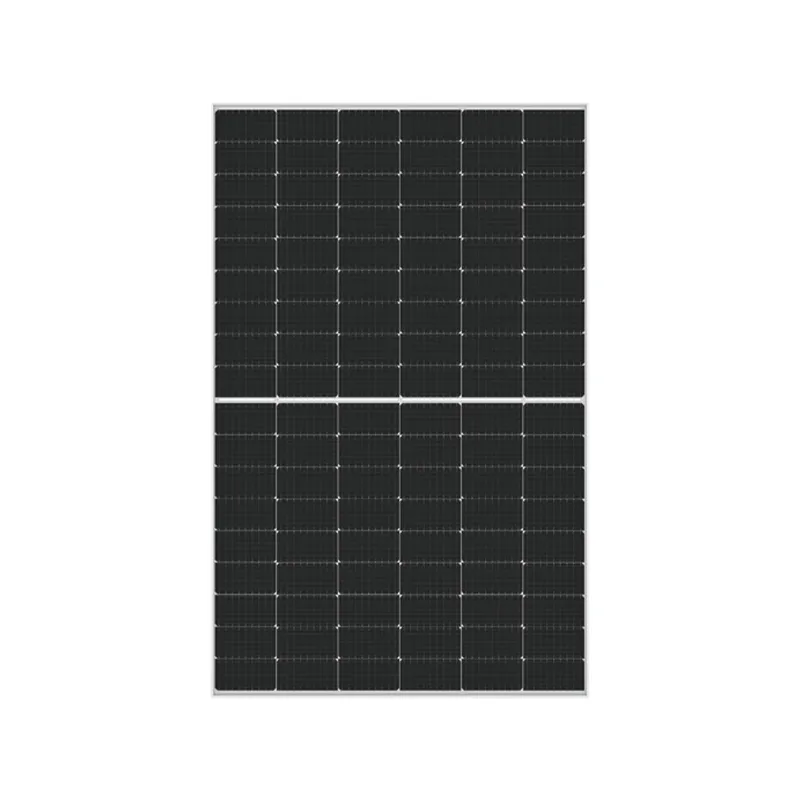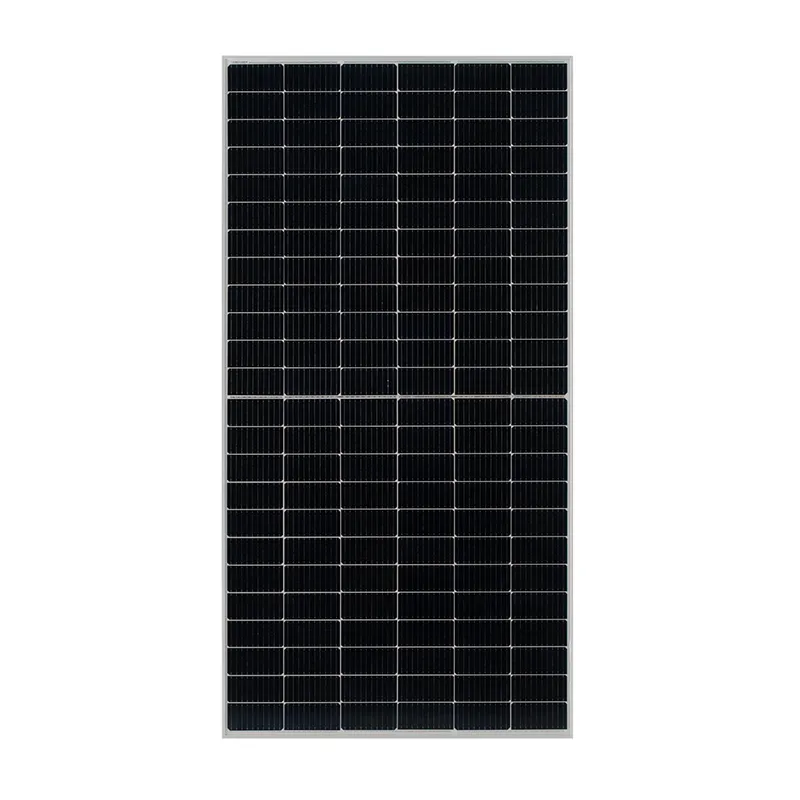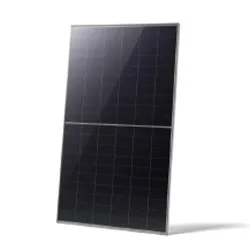On Grid Solar Inverter: Powering the Future with Smart Grid Integration
Modern solar energy systems demand not only efficiency but intelligence and stability—features the on grid solar inverter delivers with exceptional precision and reliability.
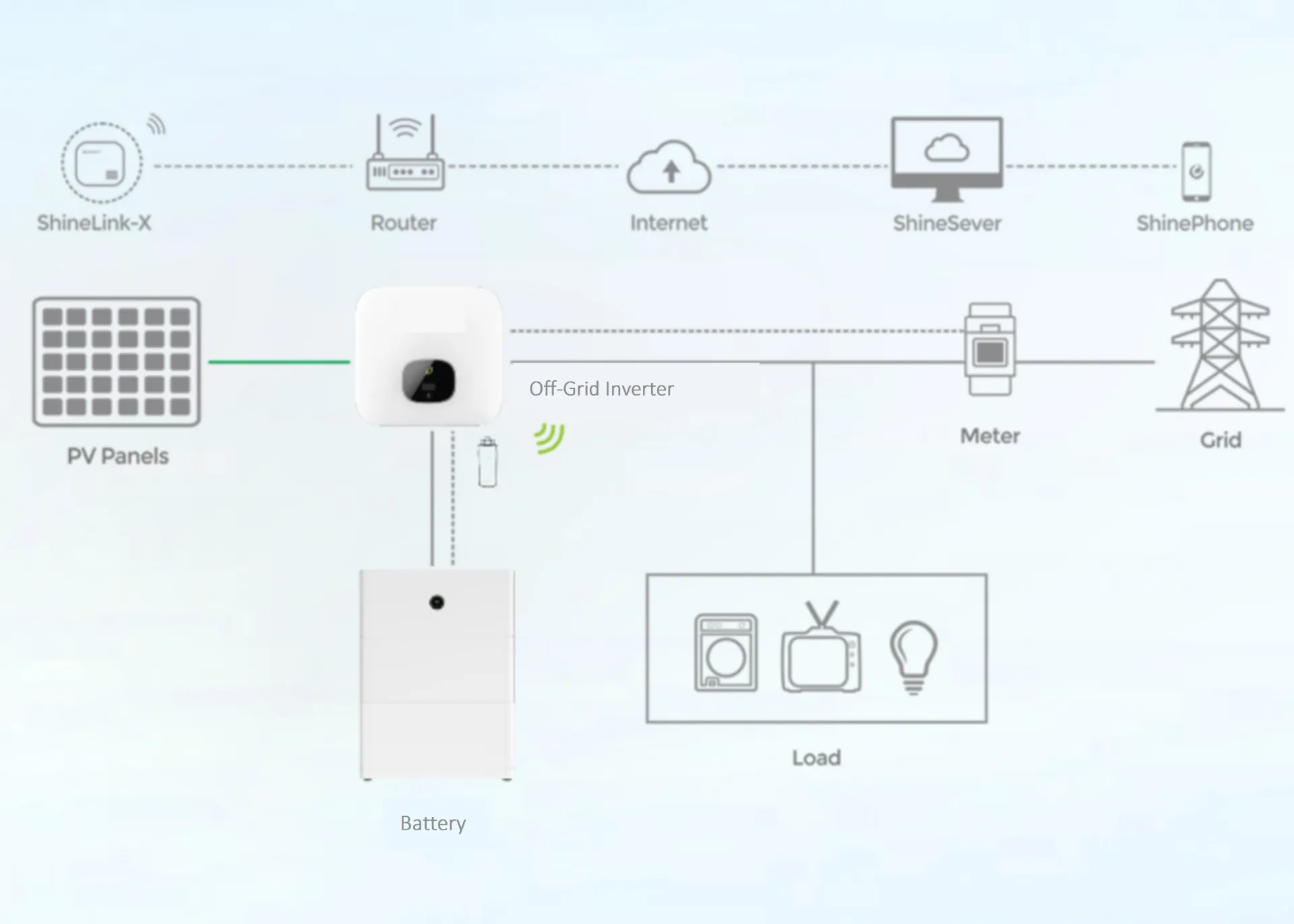
Matching On Grid Solar Inverter with Solar Panels for Maximum Output
For optimal energy harvesting, it’s essential to match your on grid solar inverter precisely with your solar panel array. The correct configuration ensures that the inverter can handle the total power output without overloading or underutilizing its capacity. An ideal array-to-inverter ratio ranges from 1.0 to 1.2, depending on your system design and geographic location.
With advanced MPPT (Maximum Power Point Tracking), the on grid solar inverter dynamically adjusts to extract the highest possible energy from varying sunlight intensities. Whether you're working with traditional or bifacial panels, this inverter excels at maintaining voltage balance and converting DC to grid-synchronized AC efficiently. The robust control logic in every tie grid inverter ensures continuous and smooth energy delivery, even when solar radiation fluctuates throughout the day.
Tie Grid Inverter Performance in Cloudy and Rainy Conditions
One of the frequent concerns about adopting solar energy is whether the system remains effective in cloudy or rainy environments. Thanks to sophisticated power electronics, today’s tie grid inverter solutions are more than capable of functioning reliably under low-light conditions. With ultra-low start-up voltage and precise MPPT response, even intermittent or diffuse sunlight is sufficient for the on grid solar inverter to initiate conversion and export power to the grid.
Additionally, the system housing and internal electronics are designed with weatherproofing and corrosion-resistant materials. This allows users in coastal or high-humidity areas to benefit from solar energy without compromising equipment longevity. The efficiency of the tie grid inverter remains impressively high even during unfavorable weather, making it a dependable year-round investment.
Micro Tie Grid Inverter for Dynamic Load and Panel-Level Optimization
When dealing with fluctuating power demands, especially in commercial or mixed-use buildings, the micro tie grid inverter plays a vital role in enhancing overall system performance. Unlike traditional string inverters, each micro tie grid inverter operates independently with a single panel, allowing precise voltage and current regulation on a module level.
This design ensures that shading, debris, or performance degradation of one panel does not affect the entire system. More importantly, it enables fine-tuned response to load changes across the grid, helping maintain system stability and energy output consistency. The result is increased uptime, lower maintenance, and better compatibility with smart grid infrastructures where load profiles change rapidly throughout the day.
Why On Grid Solar Inverter is the Ideal Investment for Sustainable Energy
From smart homes to large-scale solar farms, the on grid solar inverter is the cornerstone of effective solar-to-grid systems. Its built-in real-time monitoring, automatic grid compliance, and fail-safe protection mechanisms make it the safest and smartest option for any solar installer or end-user. The tie grid inverter offers seamless synchronization with local utility grids and supports net metering schemes, allowing users to sell excess power back for credits.
Homeowners can now enjoy sleek, low-noise, and space-saving designs, while commercial clients benefit from scalable architectures and remote monitoring through built-in Wi-Fi or RS485 interfaces. For installations in complex roof layouts or partial shade, the micro tie grid inverter is the perfect solution, delivering both flexibility and fault isolation.
Every feature of the on grid solar inverter is optimized for modern energy demands: from improved fault tolerance and real-time diagnostics to extended product lifespans and high-temperature operation thresholds. Investing in this technology means investing in long-term savings and environmental sustainability.
On Grid Solar Inverter FAQs
How should I match my on grid solar inverter with solar panels?
You need to align your panel array’s output with the capacity of the on grid solar inverter, ideally keeping the ratio between 1.0 and 1.2. This ensures optimal voltage and current handling without loss.
Is a tie grid inverter effective in rainy or overcast weather?
Yes. A tie grid inverter is designed with MPPT technology and low voltage startup, making it efficient even during cloudy days. It ensures consistent energy production despite fluctuating sunlight.
What makes a micro tie grid inverter suitable for dynamic environments?
Die micro tie grid inverter optimizes each panel individually, allowing the system to perform consistently even if one panel is shaded, dirty, or malfunctioning. It’s perfect for areas with shifting energy loads.
Does an on grid solar inverter support net metering?
Absolutely. The on grid solar inverter is grid-synchronized and supports net metering policies, allowing users to export unused energy and receive credit from the utility provider.
Why is a micro tie grid inverter better for complex installations?
Because each micro tie grid inverter operates independently, it enables greater flexibility in design and prevents system-wide losses due to localized issues like shading or panel mismatch.
-
String Solar Inverter: The High-Efficiency Solution for Smart Solar EnergyNuusJul.14,2025
-
Revolutionizing Rooftop Energy with the Power of the Micro Solar InverterNuusJul.14,2025
-
Power Independence with Smart Off Grid Solar Inverter SolutionsNuusJul.14,2025
-
Monocrystalline Solar Panels: High-Efficiency Power for the Future of Clean EnergyNuusJul.14,2025
-
Bifacial Solar Panel: A Smarter Investment for Next-Generation Energy SystemsNuusJul.14,2025
